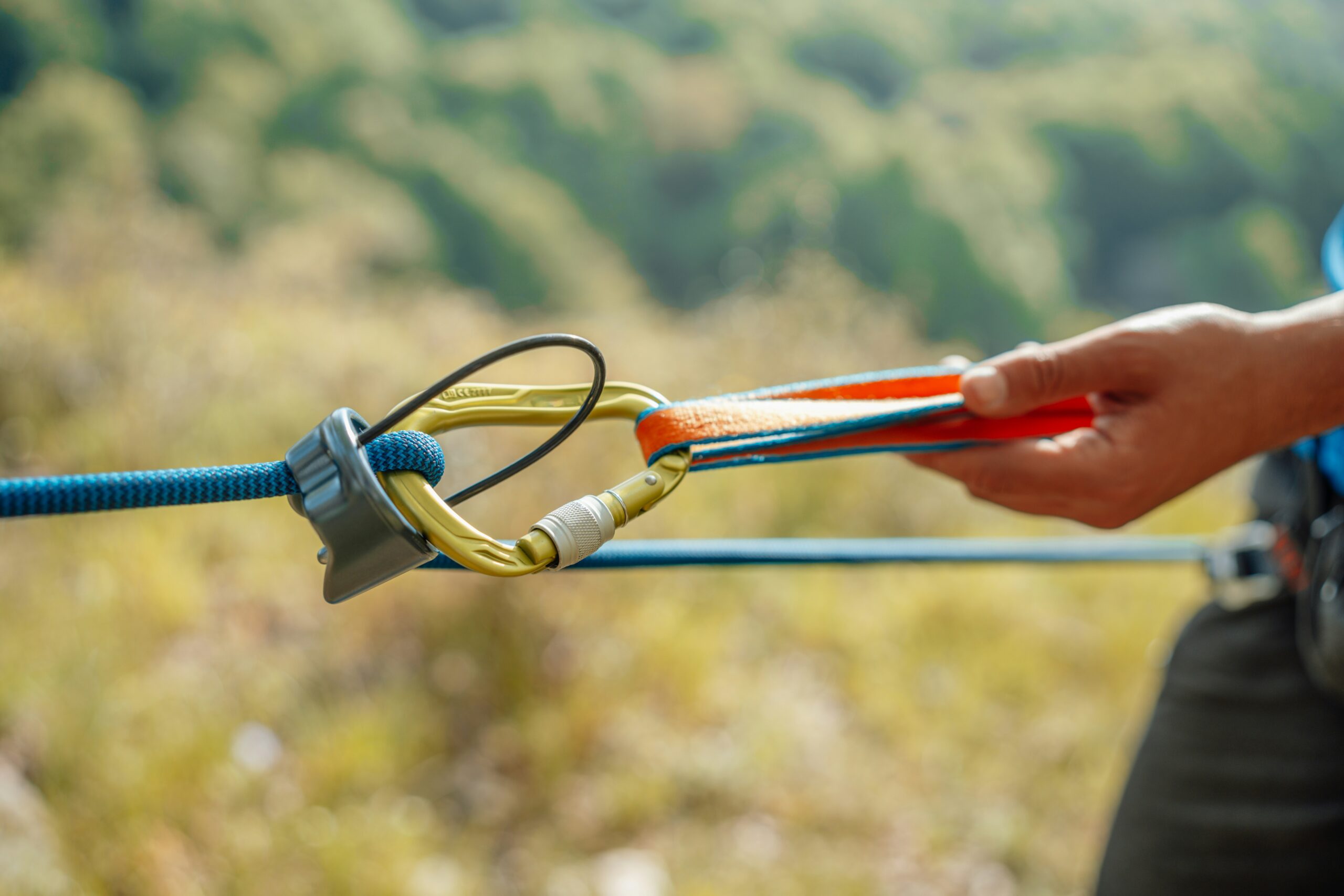Recent articles in Inc.com and Slate have made the case against card-based loyalty programs, arguing that they are bad for business and that companies should focus their energy on creating a superior experience.
They’re right that following a cookie-cutter or “me too” approach to loyalty will likely not pay off, but that doesn’t mean loyalty is dead. It just doesn’t always looks like a punch card anymore.
Instead of thinking of loyalty as a “program,” think of it as an “experience.” Loyalty isn’t synonymous with cards and savings, we’ve just grown accustomed to those because they’re one of the simplest programs for businesses to implement. But real loyalty is about investing in your customers to create experiences that enhance the ways they already engage, and encourage reengagement.
When thinking about the right kind of loyalty experience for you and your customers, ask the right questions to get a good solution.
How does the loyalty experience fit strategically into the larger customer experience?
By looking at your customers’ experience as a holistic journey rather than distinct touch points, you’ll be able to observe and reinforce engagement. Companies that invest in getting to know their customers and who strategically plan will create a loyalty experience that resonates. If you approach it right, your solution will be right.
Customers are already engaged with brands and companies, and if you find ways to improve this existing engagement, everyone wins. Companies connect with customers, telling their whole story, and this integrated experience becomes the customers’ reward.
Take Walgreens’ Balance Rewards as an example. (We had nothing to do with the program and Walgreens is not our client, we just like the experience.) It’s clear that they’ve thought through the customer experience from just about every angle. They revamped stores so the program is part of their merchandising and trained their employees to ask if you’re a member. They integrated with activity trackers like Fitbit, so that customers can get points for being active — not just for consumer activity. All in all, this holistic experience feels like a thought-through, strategic realization of their “happy and healthy” brand story.
Speaking of customized conversations, how can you use complex data to drive simple, relevant experiences?
Within the journey, you still need a locus for your relationship with each customer. That locus is technology: smartphones are our new loyalty cards. Given all the data that can be responsibly collected, you can build a “just for you” experience rather than a “me too” program.
Make your data work for you. By aggregating and analyzing what you collect, you can create meaning out of the numbers. Data will show you what truly motivates your customers — savings, information, reminders, give-aways. And once you have that insight, you can go about tailoring your ongoing engagement with them.
Continuing to build on the Walgreens example, savings is a huge motivation for their customers (and is needed for Walgreens to stay competitive). When it comes to buying cotton balls and hand lotion, there’s no way to make it thrilling. Getting basic necessities quickly, and at a low cost, is the goal. They know this and take advantage of this specific motivation by making savings and point-earnings clear and easy and reward customers frequently with money off their bill. No fuss, no complications.
Finally, how can you make it easy for your customers?
The bottom line is that customers don’t want to work hard to be loyal. Not only do they not want to, they simply won’t. By seamlessly integrating the loyalty aspect of your relationship into their broader brand experience, you make it mutually beneficial. Ultimately, customers will want to give you information if you give them back unrivaled, meaningful experiences that give them what they want.
By buying into the commodification of loyalty programs, companies can lose sight of the full customer experience. The loyalty experience — like in-store, e-commerce, social media, and advertising — is another opportunity to share their brand story and connect with customers. So yes, ditch the card, but don’t ditch loyalty. Just do it right.



